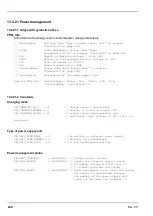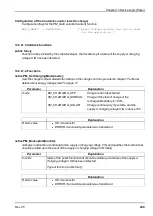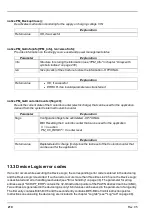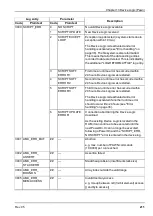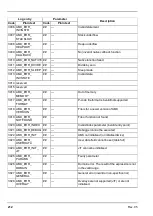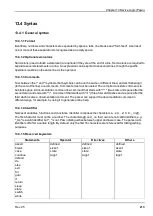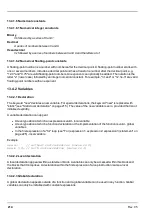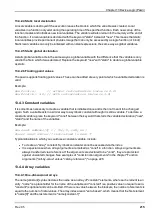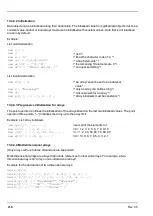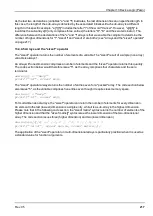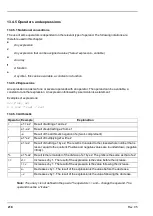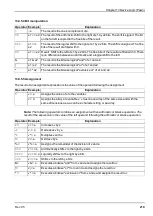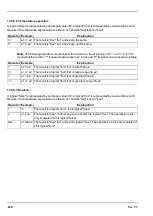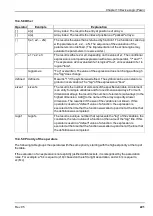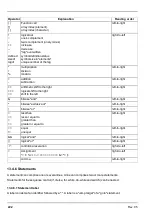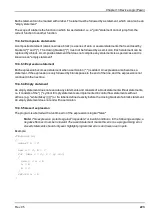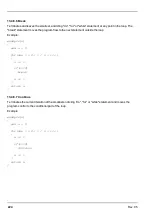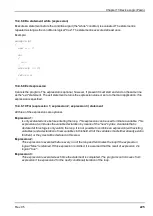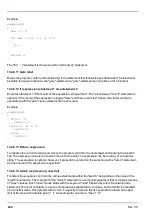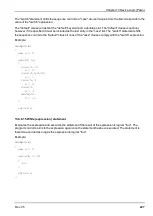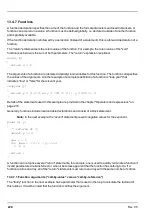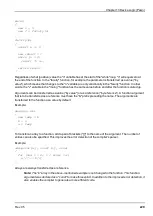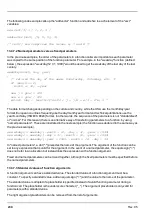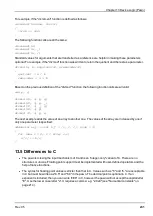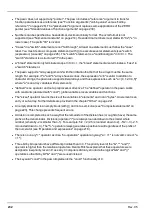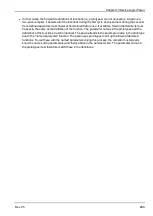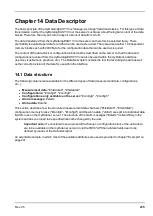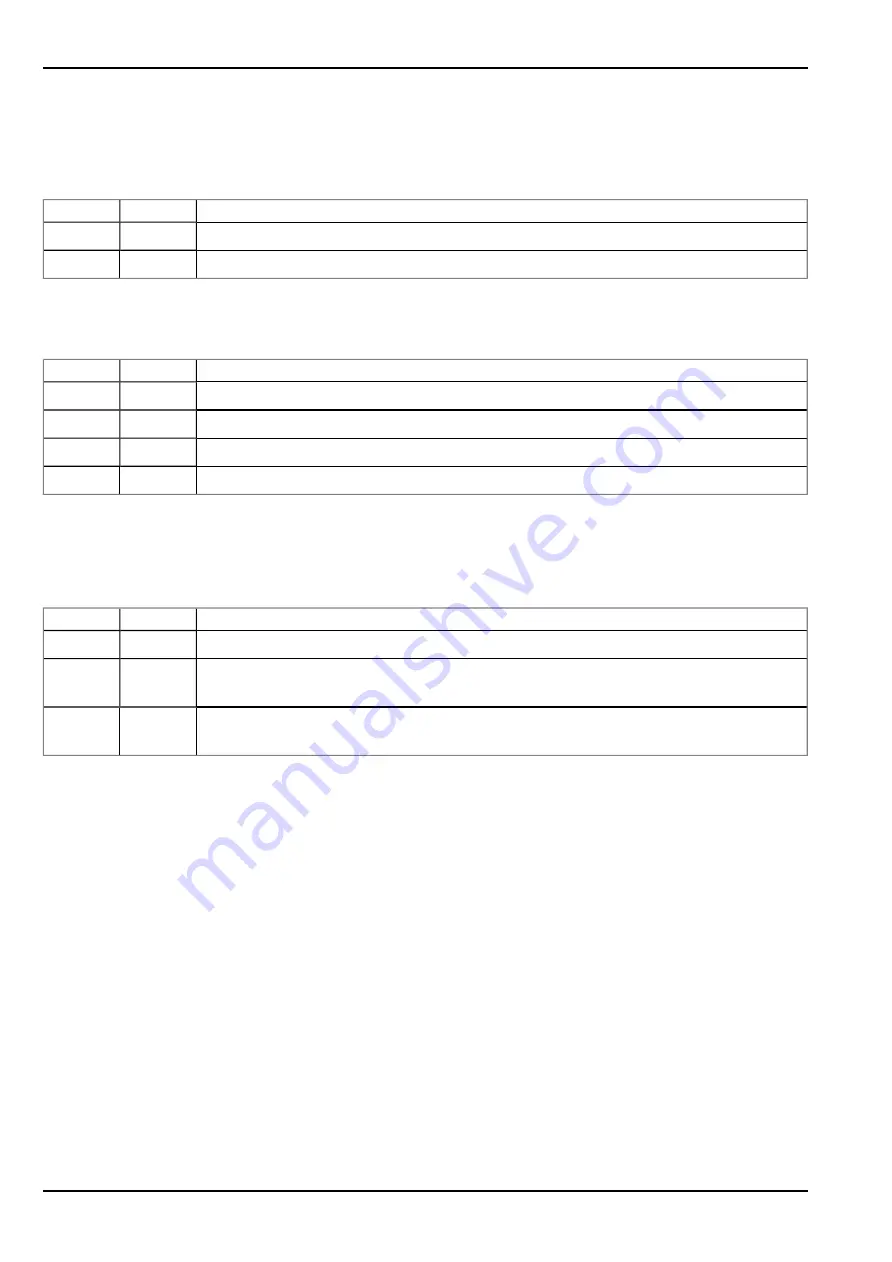
13.4.5.6 Comparative operators
A logical "false" is represented by an integer value of 0; a logical "true" is represented by a value that is not 0.
Results of a comparative expression are either 0 or 1 and the "tag" is set to "bool".
Operator Example
Explanation
==
e1 == e2 The result is "true" if e1 and e2 are the same.
!=
e1 != e2
The result is "true" if e1 and e2 are not the same.
Note:
The following operators can be linked, the same as in the expression "e1 <= e2 <= e3". This
means that the result is "1" if every single comparison is true and "0" if at least one comparison is false.
Operator Example
Explanation
<
e1 < e2
The result is a logical "true" if e1 is less than e2.
<=
e1 <= e2 The result is a logical "true" if e1 is less or equal to e2.
>
e1 > e2
The result is a logical "true" if e1 is greater than e2.
>=
e1 >= e2 The result is a logical "true" if e1 is greater or equal to e2.
13.4.5.7 Boolean
A logical "false" is represented by an integer value of 0; a logical "true" is represented by a value that is not 0.
Results of a comparative expression are either 0 or 1 and the "tag" is set to "bool".
Operator Example
Explanation
!
!e
The result is a logical "true", if e is logical "false".
||
e1 || e2
The result is "true", if either e1 or e2 (or both) are logical "true". The expression e2 is
only evaluated if e1 is logical "false".
&&
e1 && e2 The result is "true" if e1 and e2 are logical "true". The expression e2 is only evaluated if
e1 is logical "true".
220
Rev. 05
Summary of Contents for myDatalogEASY V3
Page 2: ......
Page 13: ...Chapter 2 Declaration of conformity Chapter 2 Declaration of conformity Rev 05 13 ...
Page 14: ......
Page 42: ......
Page 76: ......
Page 88: ......
Page 102: ......
Page 110: ......
Page 116: ......
Page 234: ......
Page 244: ......
Page 252: ......
Page 254: ......
Page 266: ......
Page 276: ......



